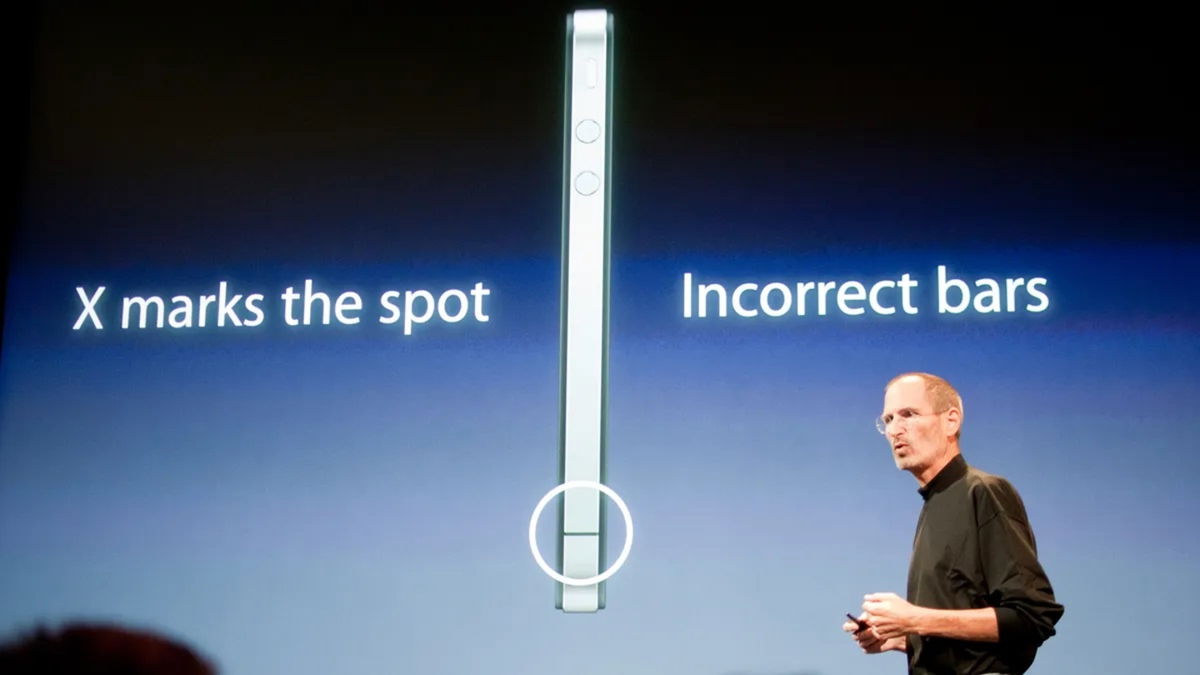On November 16, the Orion spacecraft finally set off for the moon. After several delays, the Artemis I project has successfully launched a probe that will lay the foundation for conquering the natural satellite. After days of traversing the vacuum of space, NASA confirms that its Orion spacecraft has successfully entered lunar orbit. reaching at one point 130 kilometers from its surface.
Now the Orion ship is already in the sphere of influence of the Moon. What does it mean? Well, from now on, the satellite becomes the main gravitational force in attracting the mass of the ship, and not the Earth, as it has been so far.
Next Friday at 4:52 pm ET (00:52 am on the Spanish peninsula), Orion will begin its deep retrograde insertion using the European Service Module. Orion will remain in a retrograde orbit on the Moon’s surface for about a week. During this time, NASA to test spacecraft instrumentssuch as guidance and navigation, communications, power supply and thermal management.
Earlier today (13:44 Spanish Peninsular Time), the ship began its maneuver. long range with engine. This lasted for a total of two and a half minutes, and the spacecraft accelerated to over 8,000 kilometers per hour in the direction of the Moon. Thanks to this maneuver, the ship was very close to the satellite, about 130 kilometers away. allowing us to see an impressive picture. This operation was intended to use the gravitational force of the Earth’s satellite.
Orion takes one selfie with the moon to celebrate his feat

After this flyby of the moon, the Orion spacecraft will have to travel more than 64,000 kilometers beyond the far side of the moon. This is the farthest path that the ship has traveled with the intention of delivering people to the future.. Of course, the above is part of the Artemis program, the goal of which is to create human bases on the Earth’s satellite. A bet that, as we can see, is going well so far.
Orion has about 20 more days to go around the moon. It is expected that on December 11 the ship will crash off the coast of California, in the Pacific Ocean. Near this area is a NASA ship destined to save Orion. will be waiting to rescue the vehicle that will lead humans to become a multi-planetary species.
During the time that Orion was away from Earth, NASA has already discovered more than a dozen problems. Luckily, everything was resolved without serious complications. If there is a time to face all these setbacks, it is now, not in 2024, when the first astronauts will go to a natural satellite to make it their second home.
In the future, the Artemis mission could lay the groundwork for the first colonists to be sent to Mars. This is the agency’s ultimate mission, and The moon is an important starting point.
Source: Hiper Textual













